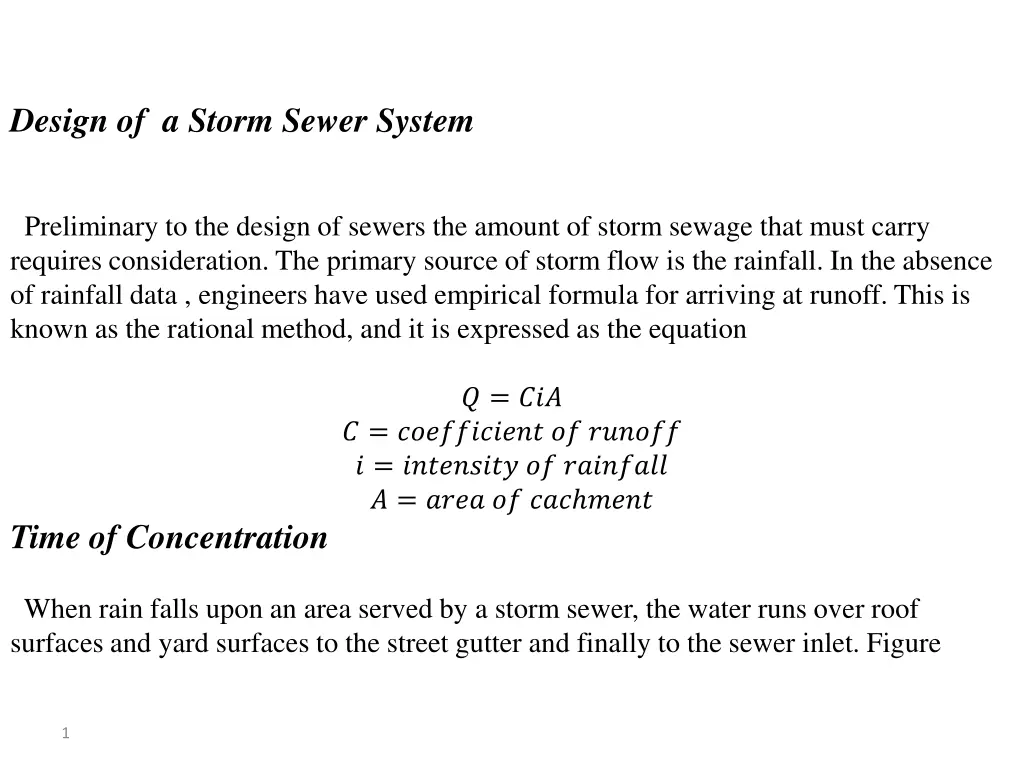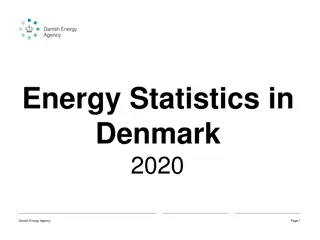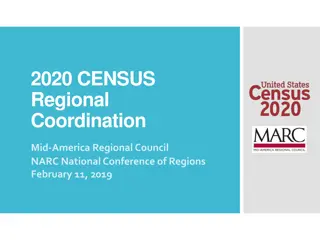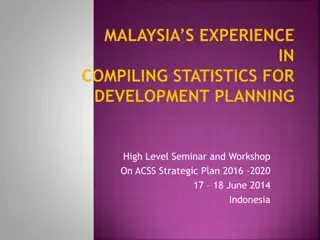
Storm Sewer System Design Considerations and Solutions
Explore the preliminary design considerations for a storm sewer system, including the rational method for estimating storm flow, time of concentration, and design examples. Learn about the factors influencing the design process and the calculations involved in determining pipe sizes, flow times, and other essential parameters for effective stormwater management.
Download Presentation

Please find below an Image/Link to download the presentation.
The content on the website is provided AS IS for your information and personal use only. It may not be sold, licensed, or shared on other websites without obtaining consent from the author. If you encounter any issues during the download, it is possible that the publisher has removed the file from their server.
You are allowed to download the files provided on this website for personal or commercial use, subject to the condition that they are used lawfully. All files are the property of their respective owners.
The content on the website is provided AS IS for your information and personal use only. It may not be sold, licensed, or shared on other websites without obtaining consent from the author.
E N D
Presentation Transcript
Design of a Storm Sewer System Preliminary to the design of sewers the amount of storm sewage that must carry requires consideration. The primary source of storm flow is the rainfall. In the absence of rainfall data , engineers have used empirical formula for arriving at runoff. This is known as the rational method, and it is expressed as the equation ? = ??? ? = ??????????? ?? ?????? ? = ????????? ?? ???????? ? = ???? ?? ??? ???? Time of Concentration When rain falls upon an area served by a storm sewer, the water runs over roof surfaces and yard surfaces to the street gutter and finally to the sewer inlet. Figure 1
below show assume that it requires 15 min. for water to flow from the farthest point of the area in question to the inlet. Should the rain last only 5 min. the water entering the inlet will increase in amount for a period of 5 min and then will decrease. The decrease occurs because the runoff from near the inlet has stopped even though water that fell on the more remote sections is still arriving. The time required for the maximum runoff rate to develop is known as the time of concentration and it is equal to the time required for a drop of water run from the most remote point of the watershed to the point for which runoff is being estimated. C A ?1 B B ?2 ? Sewer If it is assumed that 5 min is required for water to run from the boundary of one zone to the inlet lower. Thus the total time required for all zones is 15 min. The water from A enters the sewer at the inlet ?1 and the water from B enters at ?2. The time of concentration in this case is made up of the inlet time and time of flow. 2
Solution: ? = ??? 1 acre = 4047 ?2= 43560 ??2 Flow Time, min Flow Time, min Q ?3 A. Intensity, in/hr Cal. Dia.,m Sel. Dia.,m Pipe Sec. V, m/s ? Inlet Pipe Total acres ?1 ?2 7.4 5 - 5 7 0.888 0.67 0.7 2.3 1.0 ?2 ?3 13.7 1 6.0 6.7 1.573 0.719 0.75 3.56 1.0 ?3 out 34 1 7.0 6.5 3.786 0.999 1.0/1.2 4.8/3.35 0.3 4
Example: Given data below, design a section of a storm drainage system. Assume frequency rainfall satisfies the equation ? =???? n=0.013 . Pipe Sec. A, ?2 Length , m ?+?? , t in min. and i in mm/hr using Slope C ?1 ?4 ?4 ? ?2 ?3 ?3 ? ?2 ? ?3 ?1 5420 10 0.01 0.5 - 50 0.02 - 4000 10 0.01 0.4 - 40 0.015 - - 40 0.02 - 5000 8 0.01 0.8 ?1 out - 30 0.01 - I.2 I.3 I.1 M.4 M.2 M.3 M.1 outfall 5
Flow Time, min Flow Time, min Q ?3 I, Cal. Dia.,m Sel. Dia.,m A. ?2 Pipe Sec. C V, m/s ? Inlet Pipe Total mm/hr ?1 ?4 5420 5 - 5 185.9 0.5 0.14 0.34 0.35 1.46 0.11 ?4 ?3 - 0.11 5.11 185.4 0.14 0.303 0.35 1.46 0.57 ?2 ?3 4000 5 5 185.9 0.4 0.083 0.28 0.3 1.174 0.14 ?3 ?2 9420 0.57 5.68 182.8 0.46 0.22 0.38 0.4 1.75 0.38 ?2 ?1 - 0.38 6.06 181.17 0.46 0.22 0.38 0.4 1.75 0.38 ?3 ?1 5000 5 5 185.9 0.8 0.207 0.4 0.45 1.3 0.1 ?1 out 14420 0.38 6.44 179.5 0.58 0.417 0.52 0.55 1.755 0.28 6






















